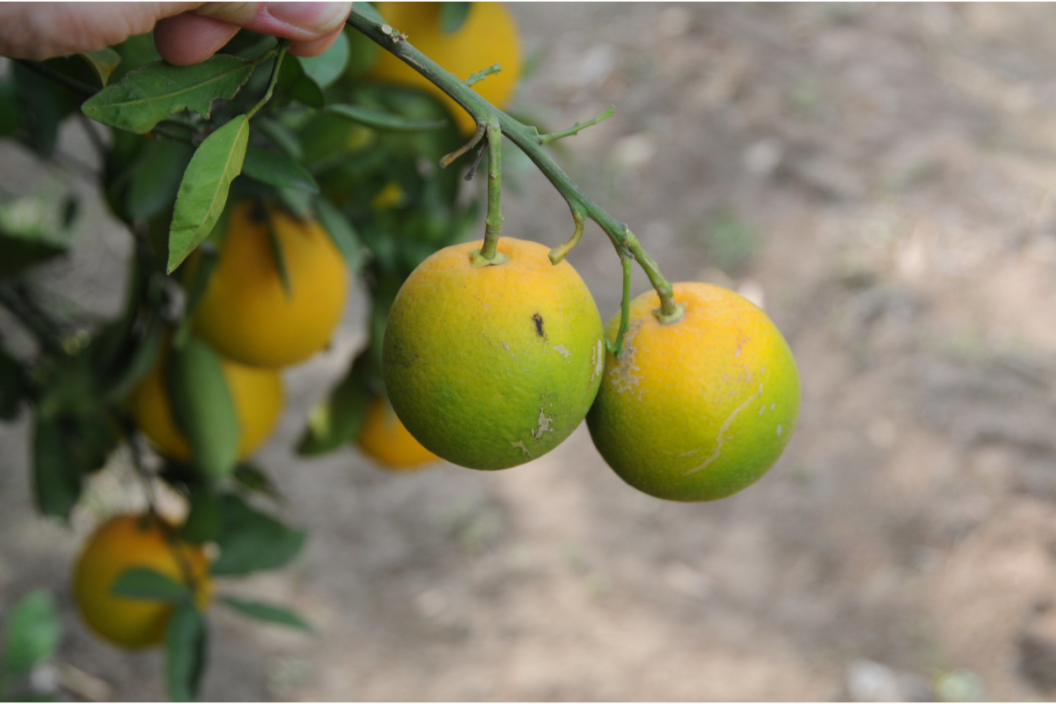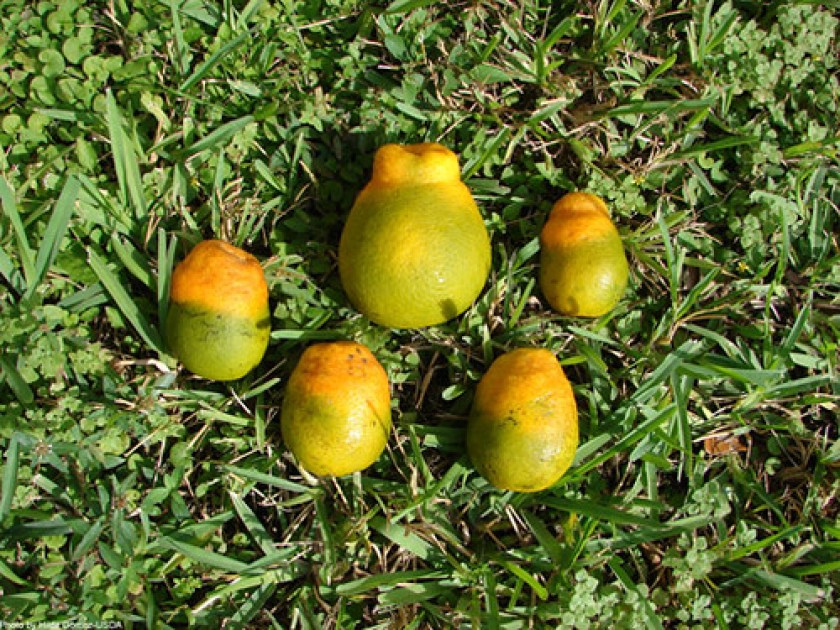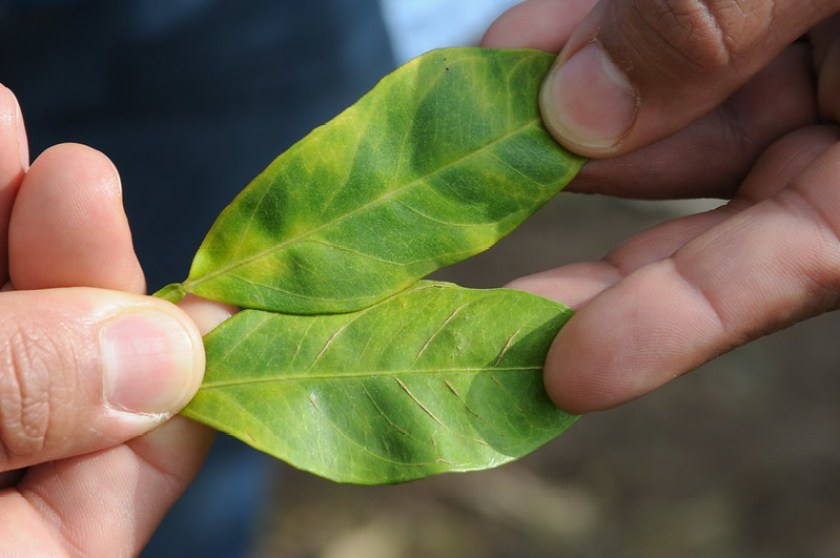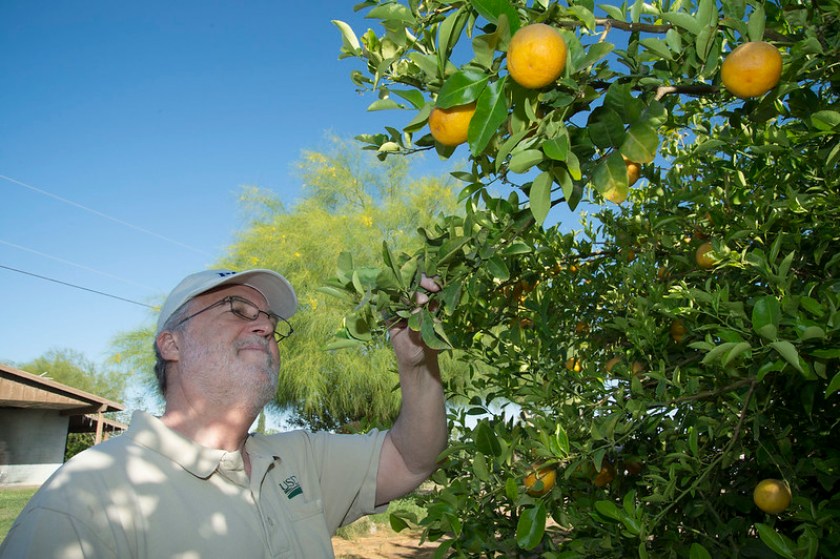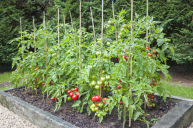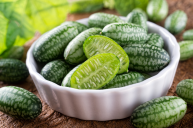Planting a garden is one of the best things you can do for your health, providing a way to enjoy the natural world, see direct results of your hard work, and enjoy a bounty of freshly-grown fruits and veggies. However, one of the struggles of gardening is dealing with the many pests and diseases that can keep you from reaping the rewards of your efforts. Citrus greening is one of the most serious citrus plant diseases, and it can wipe out your citrus fruits if not caught in time.
What is Citrus Greening?
Citrus greening, also called Candidatus Liberibacter asiaticus, Huanglongbing, HLB, and yellow dragon disease, is the last thing you want in your garden or farm. This disease is known for killing large amounts of crops throughout the world, and can be found in Georgia, Louisiana, Florida, California, South Carolina, Texas, Puerto Rico and the U.S. Virgin Islands.
This harmful disease is spread by the Asian citrus psyllid, also known as the Diaphorina citri Kuwayama or ACP. This insect spreads the disease through citrus crops and gardens, causing the infected trees to die after a few years of infection. Once infected, the fruits that the trees produce are bitter and lopsided, unusable for eating.
What Are the Signs of Citrus Greening?
To make sure that your crops or garden don't become overtaken by this disease of citrus plants, it's best to keep an eye out for its symptoms. Some common signs are strangely shaped citrus fruits that taste bitter and are hard, fruits that stay green even after ripening, and blotchy mottling of citrus leaves.
Look for yellow shoots, twig dieback, and stunted citrus trees that don't grow many leaves and bloom at the wrong time. Along with this, finding psyllids or their droppings on citrus plant material is a sure sign that the disease will soon infect the citrus varieties in your garden. Psyllids are tiny brown insects about the size of an aphid.
Some plants that are often affected by this citrus pest are grapefruit, lemon, kumquat, sweet orange, tangerine, pomelo and curry leaf. However, there are many citrus plants that are prone to infection, so citrus growers should frequently check all citrus plants for this highly destructive disease.
How Do You Control Citrus Greening?
Unfortunately, there's no cure for this disease once plants are infected, so the best way to control it is prevention. One of the most important methods of prevention is to avoid moving plants and plant materials away areas under quarantine. Look up the quarantines in your area to avoid accidentally spreading the disease.
Another way to manage it is to report any infected plants or psyllids to the pest hotline in your area. The pest control workers may take a sample from your residence and then order a quarantine on your area. Then, your plants may be treated with insecticides to keep the disease from spreading.
To check your plants for citrus greening, look at the new leaves on citrus trees whenever new clusters form. Look for twisted leaves, mold, and the psyllids themselves. You can contact the USDA Cooperate Extension Service where you live for more details on how to control citrus greening so that you can keep your healthy citrus plants from being overtaken by this deadly disease.
READ MORE: Gardening Programs in Prison Are About More Than Just Plants
